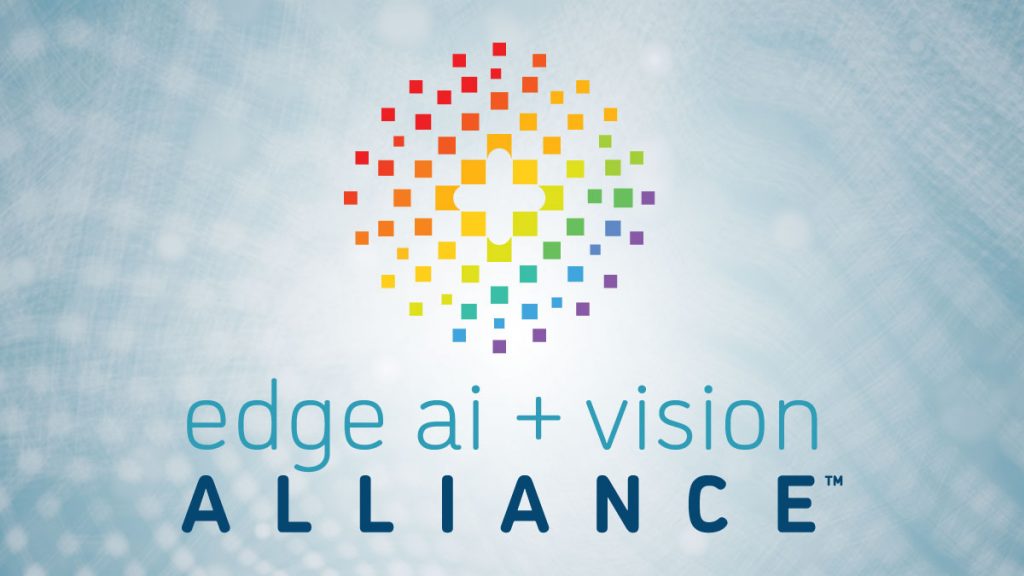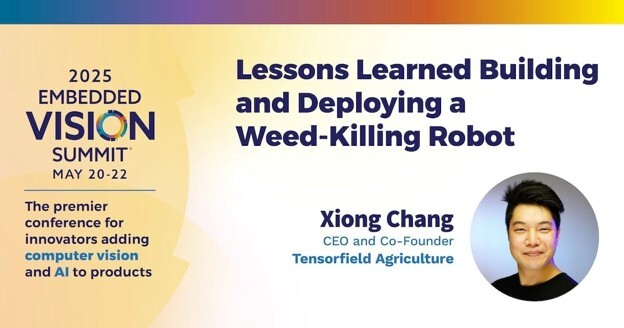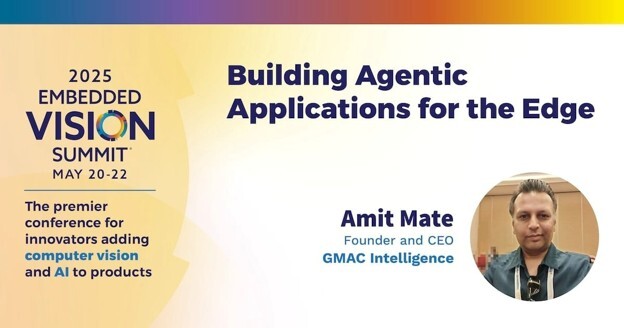LETTER FROM THE EDITOR |
|
Dear Colleague, Next Tuesday, November 18 at 9 am PT, the Yole Group will present the free webinar “How AI-enabled Microcontrollers Are Expanding Edge AI Opportunities” in partnership with the Edge AI and Vision Alliance. Running AI inference at the edge, versus in the cloud, has many compelling benefits; greater privacy, lower latency and real-time responsiveness key among them. But implementing edge AI in highly cost-, power-, or size-constrained devices has historically been impractical due to its compute, memory and storage implementation requirements. Nowadays, however, the AI accelerators and related resources included in modern microcontrollers, in combination with technology developments and toolset enhancements that shrink the size of deep learning models, are making it possible to run computer vision, speech interfaces, and other AI capabilities at the edge. In this webinar, Tom Hackenberg, Principal Analyst for Computing at the Yole Group, will explain that while scaling AI upward into massive data centers may dominate today’s headlines, scaling downward to edge applications may be even more transformative. Hackenberg will share market size and forecast data, along with supplier product and developer application case study examples, to support his contention that edge deployment is key to unlocking AI’s full potential across industries. A question-and-answer session will follow the presentation. For more information and to register, please see the event page. Erik Peters |
DESIGN CONSIDERATIONS FOR ROBOTICS APPLICATIONS |
|
Lessons Learned Building and Deploying a Weed-killing Robot |
|
Sensors and Compute Needs and Challenges for Humanoid Robots |
AGENTIC AI AT THE EDGE |
|
Introduction to Designing with AI Agents |
|
Building Agentic Applications for the Edge |
UPCOMING INDUSTRY EVENTS |
|
How AI-enabled Microcontrollers Are Expanding Edge AI Opportunities – Yole Group Webinar: November 18, 2025, 9:00 am PT Embedded Vision Summit: May 11-13, 2026, Santa Clara, California |
FEATURED NEWS |
|
Axelera AI Announces the Europa AIPU, Setting New Industry Benchmark for AI Accelerator Performance, Power Efficiency and Affordability STMicroelectronics Empowers Data-Hungry Industrial Transformation with a Unique Dual-Range Motion Sensor NXP Semiconductors Completes the Acquisitions of Aviva Links and Kinara to Advance Automotive Connectivity and AI at the Intelligent Edge Qualcomm Launches the AI200 and AI250: Redefining Rack-scale Data Center Inference Performance for the AI Era BrainChip Unveils the Breakthrough AKD1500 Edge AI Co-Processor at Embedded World North America |
EDGE AI AND VISION PRODUCT OF THE YEAR WINNER SHOWCASE |
|
Qualcomm Snapdragon 8 Elite Platform (Best Edge AI Processor) The platform enhances user experiences with on-device AI, showcased through the Qualcomm AI Engine, which incorporates multimodal generative AI and personalized support. This AI Engine utilizes a variety of models, including large multimodal models (LMMs), large language models (LLMs), and visual language models (LVMs), while supporting the world’s largest generative AI model ecosystem. It also features Qualcomm’s 45% faster Hexagon NPU, which provides an impressive 45% increase in performance per watt, driving AI capabilities to new levels. Moreover, Qualcomm’s new AI Image Signal Processor (ISP) works in tandem with the Hexagon NPU to enhance real-time image capture. Connectivity options include advanced AI-driven 5G and Wi-Fi 7 capabilities, facilitating seamless entertainment and productivity on the go. Please see here for more information on Qualcomm’s Snapdragon 8 Elite Platform. The Edge AI and Vision Product of the Year Awards celebrate the innovation of the industry’s leading companies that are developing and enabling the next generation of edge AI and computer vision products. Winning a Product of the Year award recognizes a company’s leadership in edge AI and computer vision as evaluated by independent industry experts. |








